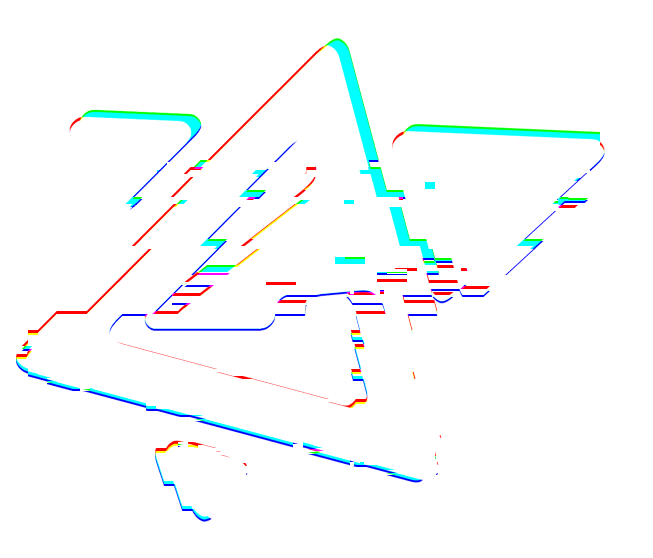Hühnchen gehen hoch, Gewinne geht es
August 13, 2025 | 11:09 PM

We would like to hear your gaming ideas and convert it into reality simply by exchanging the interesting talks about your project requirement in detail.

When venturing into the world of Forex trading, one of the critical aspects to consider is the spread. In the context of the exness forex spreads exnessreview.net trading platform, understanding how Forex spreads work can provide traders with a competitive edge. This article delves into the intricacies of Exness Forex spreads, helping you to navigate your trading strategy more effectively.
The spread is the difference between the bid and ask price of a currency pair. When you trade Forex, you essentially buy one currency while selling another, and the spread represents the cost of this trade. For instance, if the bid price of the EUR/USD pair is 1.1200 and the ask price is 1.1202, the spread is 2 pips. This is crucial because the tightness of a spread can directly impact your profitability. In environments with lower spreads, traders can enter and exit positions more readily, enhancing overall trading efficiency.
There are primarily two types of spreads: fixed spreads and variable spreads.
Exness is known for its competitive and low Forex spreads, which can differ across various account types. Typically, traders can experience spreads as low as 0.0 pips on major currency pairs, making it an enticing option for both new and experienced traders alike.
Several factors affect the Forex spreads offered by Exness:
Minimizing spread costs can significantly impact your trading profitability. Here are a few tips:
Every trading decision comes with its advantages and disadvantages. Understanding these can help you make informed choices.
Understanding Exness Forex spreads is fundamental for any trader looking to optimize their trading strategies. Low spreads can lead to higher profitability, particularly for frequent traders. Whether you are new to Forex trading or a seasoned professional, making informed decisions about your trading environment at Exness can enhance your overall trading experience. Always remember to weigh the risks against the potential rewards and stay informed about market conditions and spread variations.
 categories
categories
 Recent Posts
Recent Posts
August 13, 2025 | 11:09 PM
August 13, 2025 | 9:23 PM
August 13, 2025 | 8:32 PM
August 13, 2025 | 8:13 PM
August 13, 2025 | 7:05 PM
 Recent Comments
Recent Comments